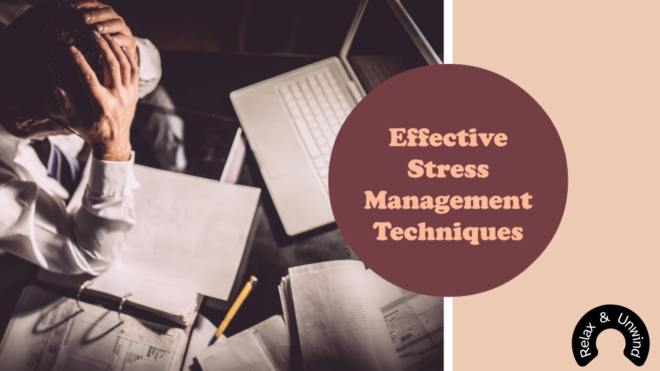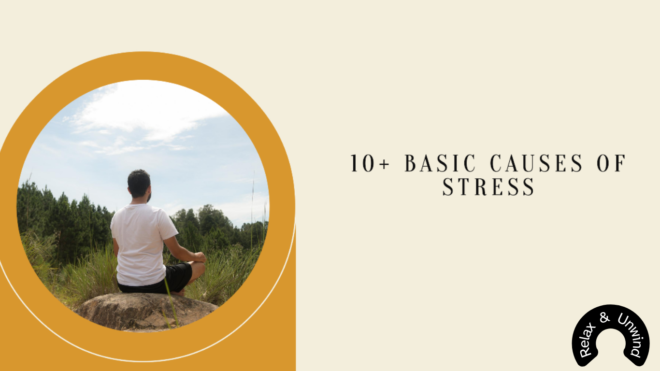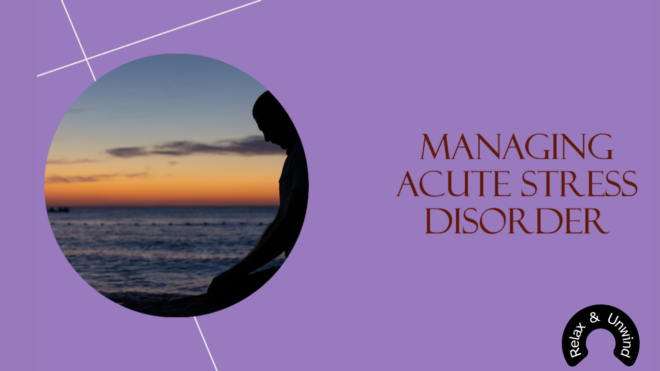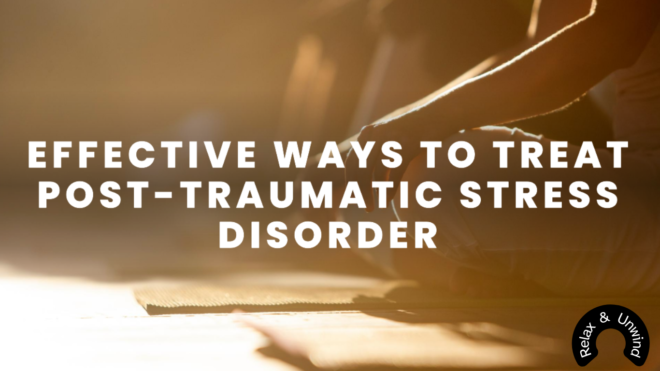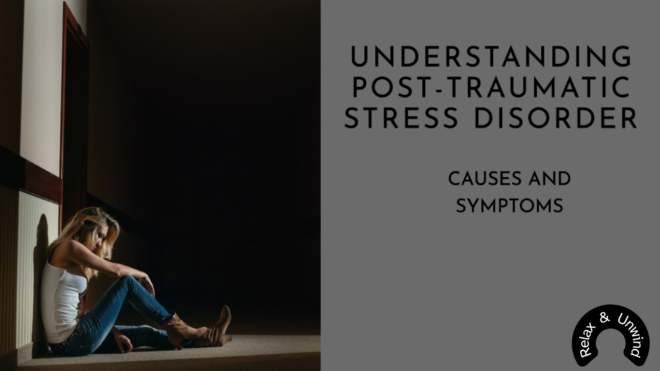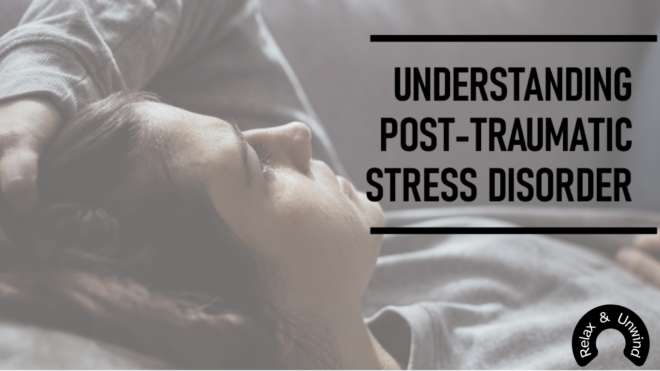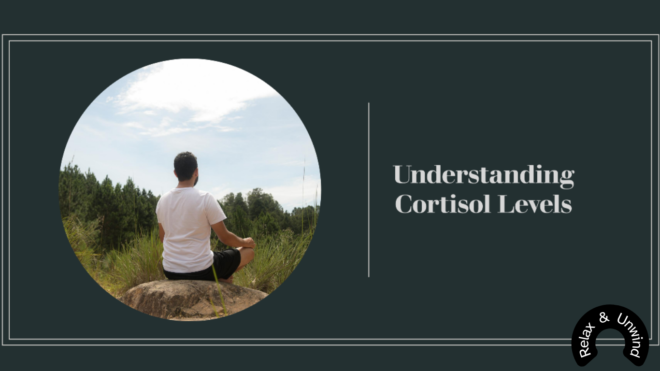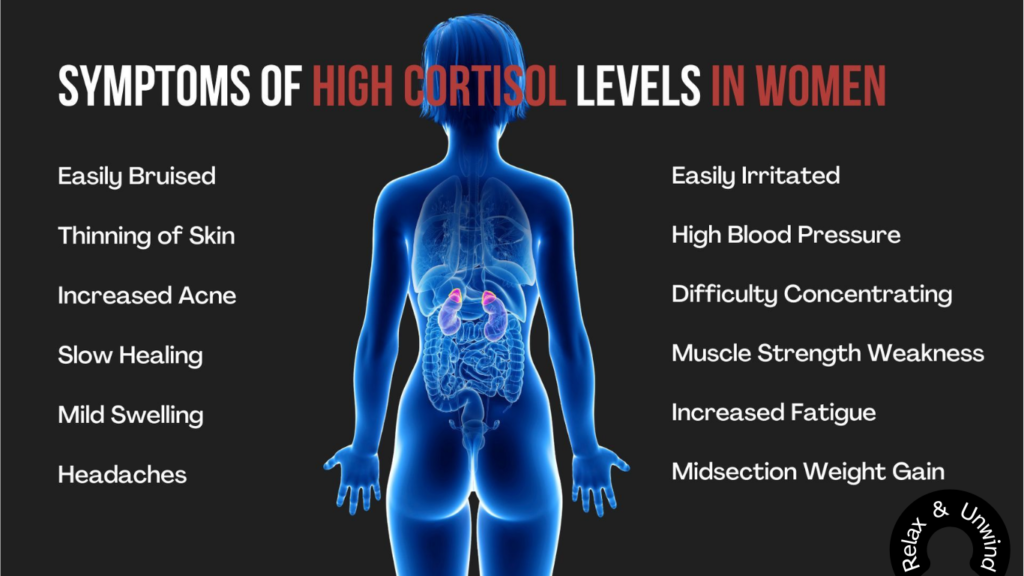Table of Contents
Understanding Work-related Stress
Work-related stress refers to the emotional, physical, and psychological strain that individuals may experience in response to the demands and pressures of their work environment. It arises when there is a perceived imbalance between the requirements of the job and an individual’s ability to cope with those demands. This article will explains how to manage Stress in the Workplace.
Factors that leads to Stress in the Workplace
Several factors contribute to work-related stress, and its impact can affect various aspects of an individual’s life. Common sources of work-related stress include:
- High Workload
- Excessive work demands
- Lack of Control
- Unclear Expectations
- Job Insecurity
- Poor Work-Life Balance
- Interpersonal Conflicts
- Lack of Recognition
- Organizational Changes
- Limited Career Growth Opportunities
- Inadequate Resources
- Micromanagement
- Workplace Bullying or Harassment
- Communication Issues
- Role Ambiguity
- Inadequate Training
Work and stress
Work and stress are closely interconnected, and the relationship between them has significant implications for the well-being and performance of individuals in the workplace. Work-related stress occurs when there is a perceived imbalance between the demands of the job and an individual’s ability to cope with those demands. Various factors contribute to work-related stress, including high workloads, tight deadlines, interpersonal conflicts, and a lack of control over job-related decisions.
Prolonged exposure to stressors at work can lead to physical, emotional, and psychological consequences, impacting both mental health and overall job satisfaction. Effective stress management strategies, such as promoting a healthy work-life balance, providing resources for coping, and fostering a supportive work culture, are essential for mitigating the negative impact of stress on employees. Recognizing and addressing the sources of stress in the workplace is vital for creating a positive and productive work environment where individuals can thrive and contribute their best efforts.
Ways to Manage Stress in the Workplace
Managing stress in the workplace is crucial for maintaining employee well-being and promoting a positive work environment. Here are several effective ways to manage stress in the workplace:
Promote a Healthy Work-Life Balance:
Encourage employees to maintain a balance between work and personal life, setting realistic expectations for working hours and providing flexibility when possible.
Clear Communication:
Foster open and transparent communication to ensure that employees are aware of expectations, changes, and organizational developments. Clear communication reduces uncertainty and stress.
Provide Training and Resources:
Offer training programs on stress management, time management, and resilience. Provide resources such as workshops, seminars, or online materials to support employees in building coping skills.
Recognize and Appreciate Employees:
Acknowledge and appreciate employees’ efforts and achievements regularly. Recognition boosts morale and helps create a positive work environment.
Flexible Work Arrangements:
Implement flexible work arrangements, such as telecommuting or flexible schedules, to accommodate individual needs and promote work-life balance.
Encourage Breaks and Time Off:
Encourage employees to take breaks and use their vacation time. Regular breaks can help refresh the mind and prevent burnout.
Create a Supportive Work Culture:
Foster a supportive work culture where colleagues and supervisors are empathetic and understanding. Encourage teamwork and collaboration.
Establish Clear Job Roles and Expectations:
Clearly define job roles, responsibilities, and performance expectations. Uncertainty about one’s role can contribute to stress.
Provide Resources for Stress Reduction:
Create designated spaces for relaxation or meditation, and offer resources such as mindfulness programs or stress reduction workshops.
Employee Assistance Programs (EAPs):
Implement EAPs that provide confidential counseling services, mental health resources, and support for employees facing personal or work-related challenges.
Promote Physical Activity:
Encourage physical activity by providing fitness facilities, organizing wellness challenges, or promoting walking breaks during the workday.
Delegate and Prioritize Tasks:
Help employees manage their workload by encouraging delegation and prioritization of tasks. Ensure that workload is manageable and aligned with individual capabilities.
Conflict Resolution Mechanisms:
Establish effective conflict resolution mechanisms to address interpersonal conflicts promptly and constructively.
Promote Positive Relationships:
Foster positive relationships among team members. Social support at work can significantly reduce stress levels.
Set Realistic Goals:
Encourage the setting of realistic, achievable goals. Unrealistic expectations can contribute to stress and burnout.
Mindfulness Practices:
Introduce mindfulness practices, such as meditation or deep-breathing exercises, to help employees manage stress and stay focused.
Leadership Support:
Ensure that leadership is supportive and approachable. Leaders who actively promote employee well-being set a positive tone for the entire organization.
Identify Stressors:
Recognize and understand specific stressors by identifying situations, tasks, or interactions that contribute to stress.
Prioritize Tasks:
Prioritize tasks based on importance and deadlines. Focus on high-priority items first to alleviate the pressure of looming deadlines.
Time Management:
Develop effective time management skills. Use tools like calendars and to-do lists to organize tasks and allocate time efficiently.
Learn to Say No:
Set boundaries and learn to say no when necessary. Overcommitting can lead to increased stress, so prioritize tasks and obligations.
Take Breaks:
Incorporate regular breaks into the workday. Short breaks can help refresh the mind and prevent burnout.
Mindfulness and Relaxation Techniques:
Practice mindfulness or relaxation techniques, such as deep breathing exercises or meditation, to manage stress in the moment.
Social Support:
Seek support from colleagues or friends. Sharing concerns with others can provide perspective and emotional support.
Effective Communication:
Communicate openly and assertively. Clearly express needs, concerns, or boundaries to avoid misunderstandings that may contribute to stress.
Set Realistic Expectations:
Manage expectations by setting realistic goals and expectations for yourself and communicating openly about what can be achieved.
Professional Development:
Invest in professional development to enhance skills and confidence. Feeling competent in your role can reduce stress.
Healthy Lifestyle:
Maintain a healthy lifestyle by getting adequate sleep, eating a balanced diet, and avoiding excessive caffeine or alcohol intake.
Create a Positive Work Environment:
Foster a positive work environment by promoting collaboration, open communication, and a supportive culture.
Time for Hobbies and Interests:
Dedicate time to hobbies and activities outside of work. Engaging in enjoyable pursuits helps balance the demands of the workplace.
Seek Feedback:
Request feedback on performance regularly. Constructive feedback can provide guidance and alleviate uncertainty.
Training on Stress Management:
Attend workshops or training programs on stress management to acquire additional tools and strategies.
Counseling or Therapy:
Consider seeking professional counseling or therapy to address stress-related issues and develop coping mechanisms.
Know When to Seek Help:
If stress becomes overwhelming and interferes with daily functioning, recognize the importance of seeking help from mental health professionals.
By incorporating these steps into daily routines, individuals can actively manage workplace stress, promote well-being, and enhance their overall ability to cope with challenging situations.
How to Identify Workplace Stressor?
Identifying workplace stressors is crucial for creating a healthier and more supportive work environment. Here are key strategies to identify workplace stressors:
Employee Feedback:
Encourage open communication and seek feedback from employees. Conduct surveys, interviews, or regular check-ins to understand their experiences and concerns.
Observation and Monitoring:
Observe workplace dynamics, interactions, and behaviors. Changes in employee behavior, mood, or performance may indicate underlying stressors.
Reviewing Work Conditions:
Assess the physical work environment, workload, and work conditions. Factors such as excessive noise, poor lighting, or an unmanageable workload can contribute to stress.
Analysis of Absenteeism and Turnover:
Examine patterns of absenteeism and turnover. High rates may indicate dissatisfaction or
within the workplace.
Conflict Resolution Records:
Review records of workplace conflicts or grievances. Identifying recurring issues can help pinpoint sources of stress.
Performance Metrics:
Analyze performance metrics and productivity trends. A decline in performance may be linked to stressors affecting employee well-being.
Health and Wellness Programs:
Assess the utilization of health and wellness programs. Low participation may suggest a lack of awareness or interest in stress management resources.
Exit Interviews:
Conduct exit interviews to gather information from departing employees. They may provide insights into stressors that influenced their decision to leave.
Incident Reports:
Review incident reports related to workplace accidents, errors, or near misses. Stress can contribute to lapses in concentration and judgment.
Workload and Task Analysis:
Analyze workloads and specific job tasks. Excessive demands, unrealistic expectations, or lack of resources can contribute to stress.
Communication Patterns:
Evaluate communication patterns within the organization. Poor communication or a lack of clarity can lead to misunderstandings and stress.
Organizational Changes:
Monitor employee reactions to organizational changes. Restructuring, mergers, or leadership changes can be significant stressors.
Individual Meetings:
Conduct one-on-one meetings with employees to discuss their concerns and challenges. Personal conversations can uncover specific stressors affecting individuals.
Absence of Work-Life Balance:
Assess the balance between work and personal life. A lack of flexibility or support for work-life balance can contribute to stress.
Performance Appraisals:
Consider the feedback provided during performance appraisals. Identifying areas of dissatisfaction or challenges can highlight potential stressors.
By employing a combination of these strategies, organizations can gain insights into the specific stressors affecting their workforce. Once identified, addressing these stressors through targeted interventions, communication, and supportive policies can contribute to a healthier and more resilient workplace.
FAQs
How can I recognize if stress is affecting my work performance?
Workplace stress can manifest through decreased productivity, changes in behavior, or physical symptoms like headaches. Being mindful of these signs helps in early recognition.
Are flexible work arrangements effective in reducing stress?
Yes, flexible work arrangements, including remote work policies, have shown to reduce stress by allowing individuals to balance work and personal responsibilities more effectively.
Can mindfulness practices be incorporated into a busy work schedule?
Absolutely. Short breaks for meditation or deep breathing exercises can be seamlessly integrated into a busy workday, promoting mental clarity and reducing stress.
What role does leadership play in managing workplace stress?
Effective leadership is crucial. Supportive Leadership Styles create a positive work culture, offering guidance, and addressing challenges promptly, fostering a resilient and motivated workforce.
How can employees access professional help for managing stress?
Many workplaces offer Employee Assistance Programs providing access to counseling services and mental health support. Employees can inquire about these resources through HR or management.
